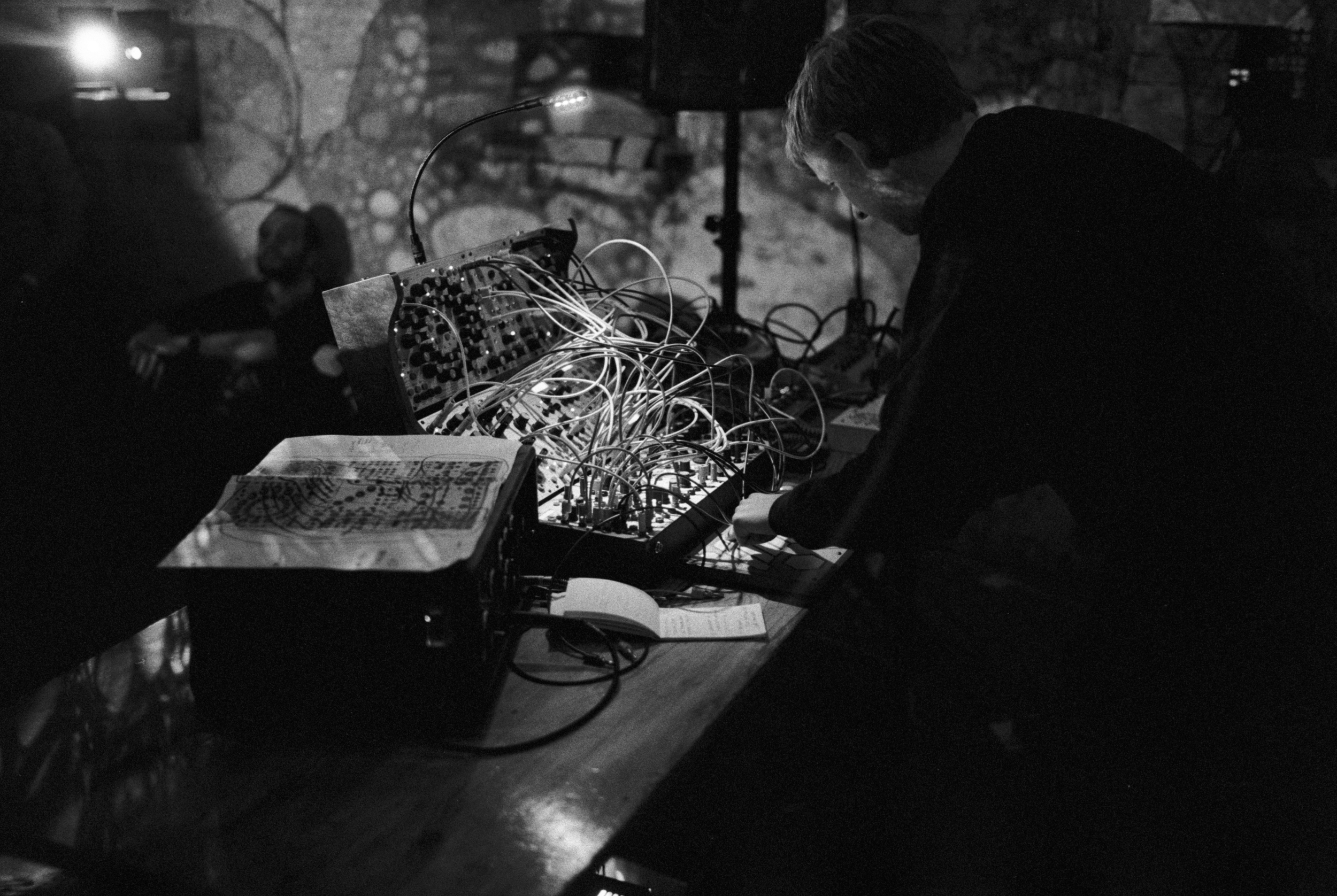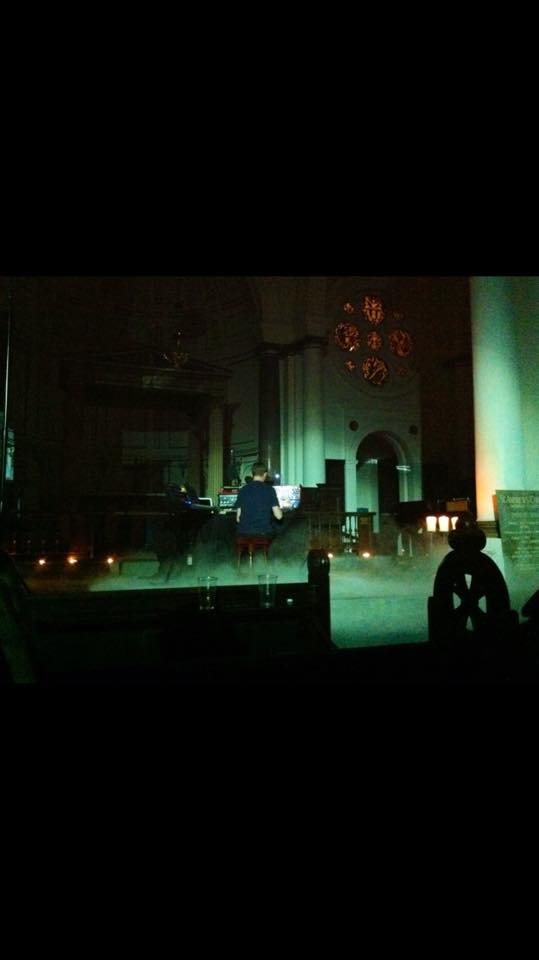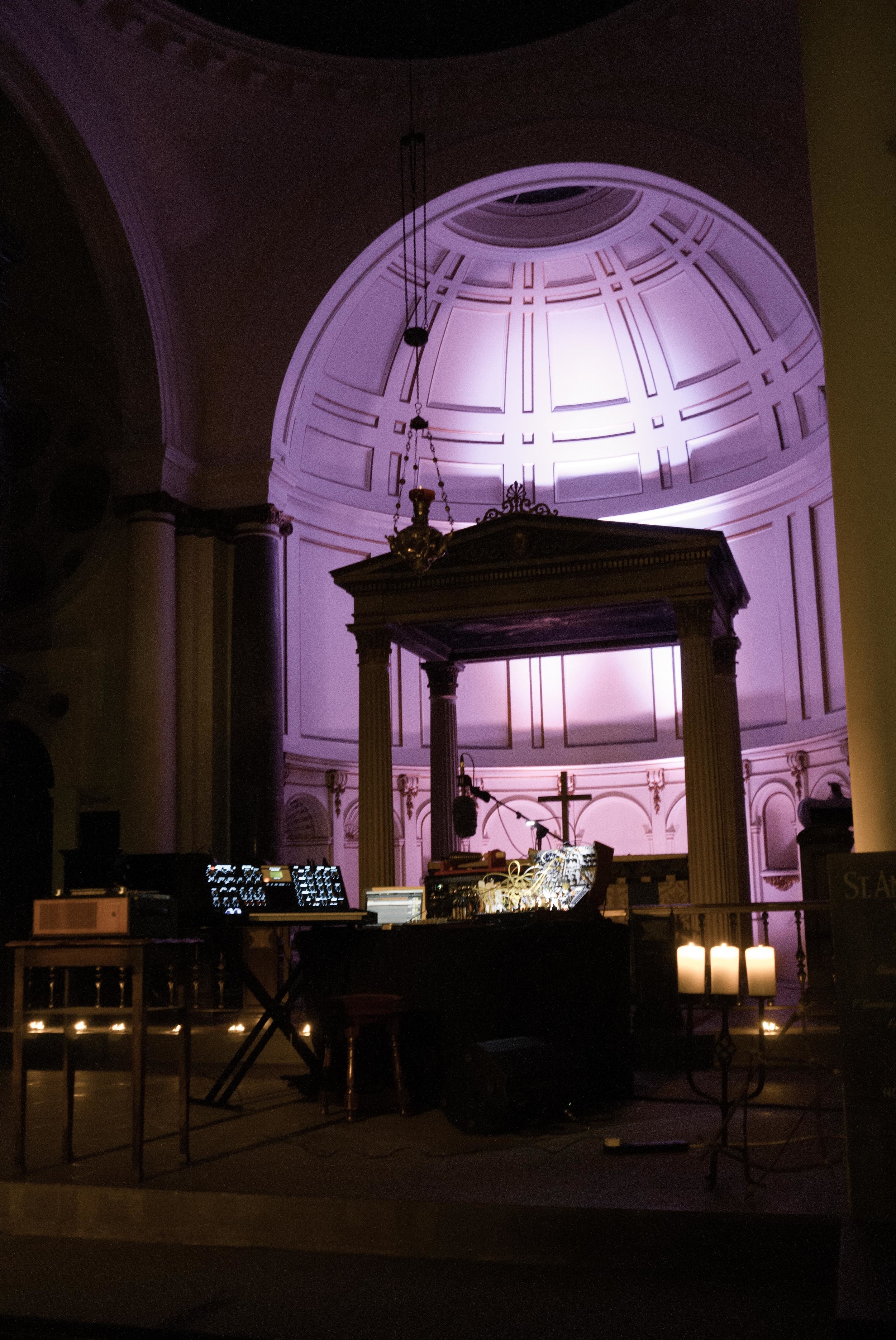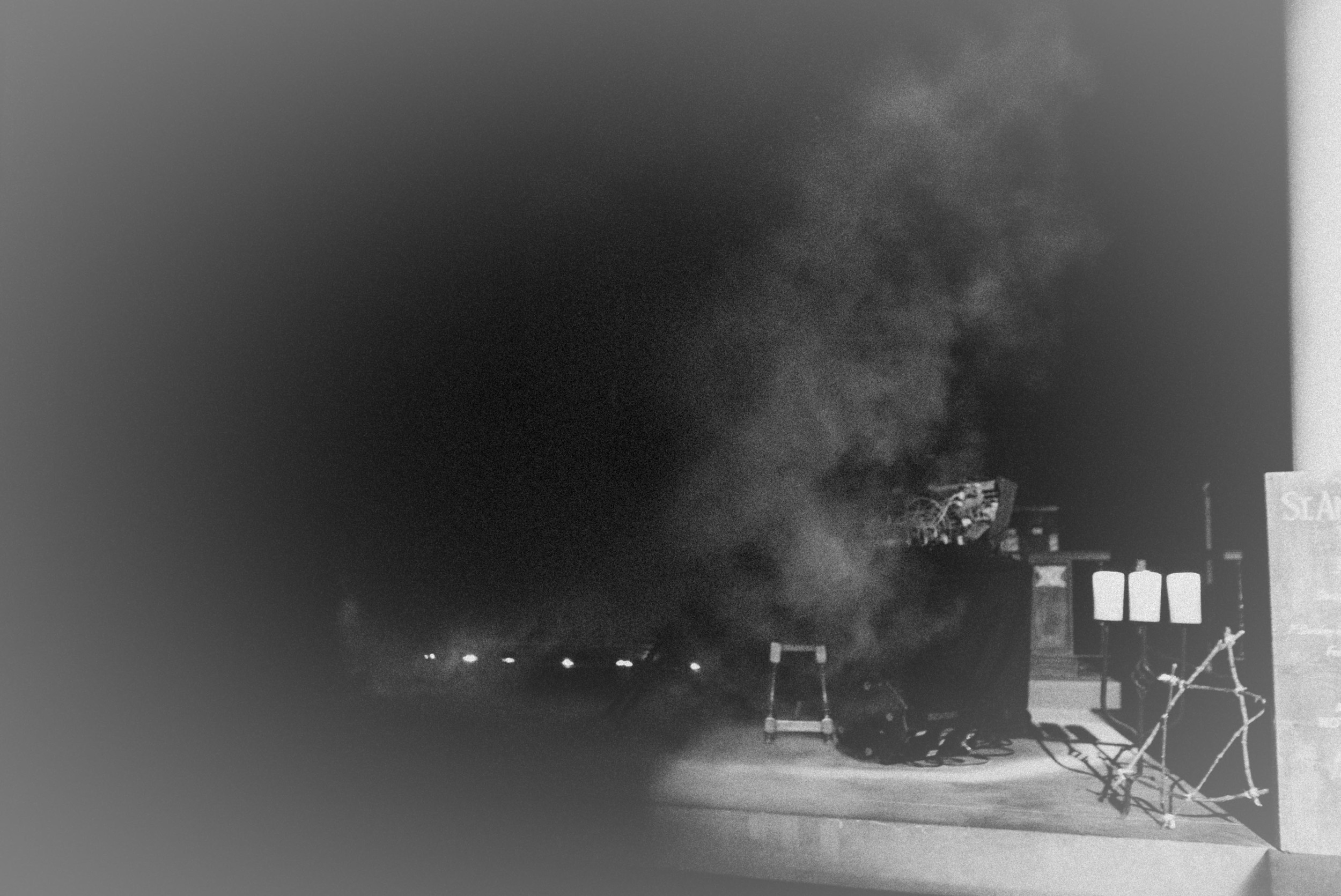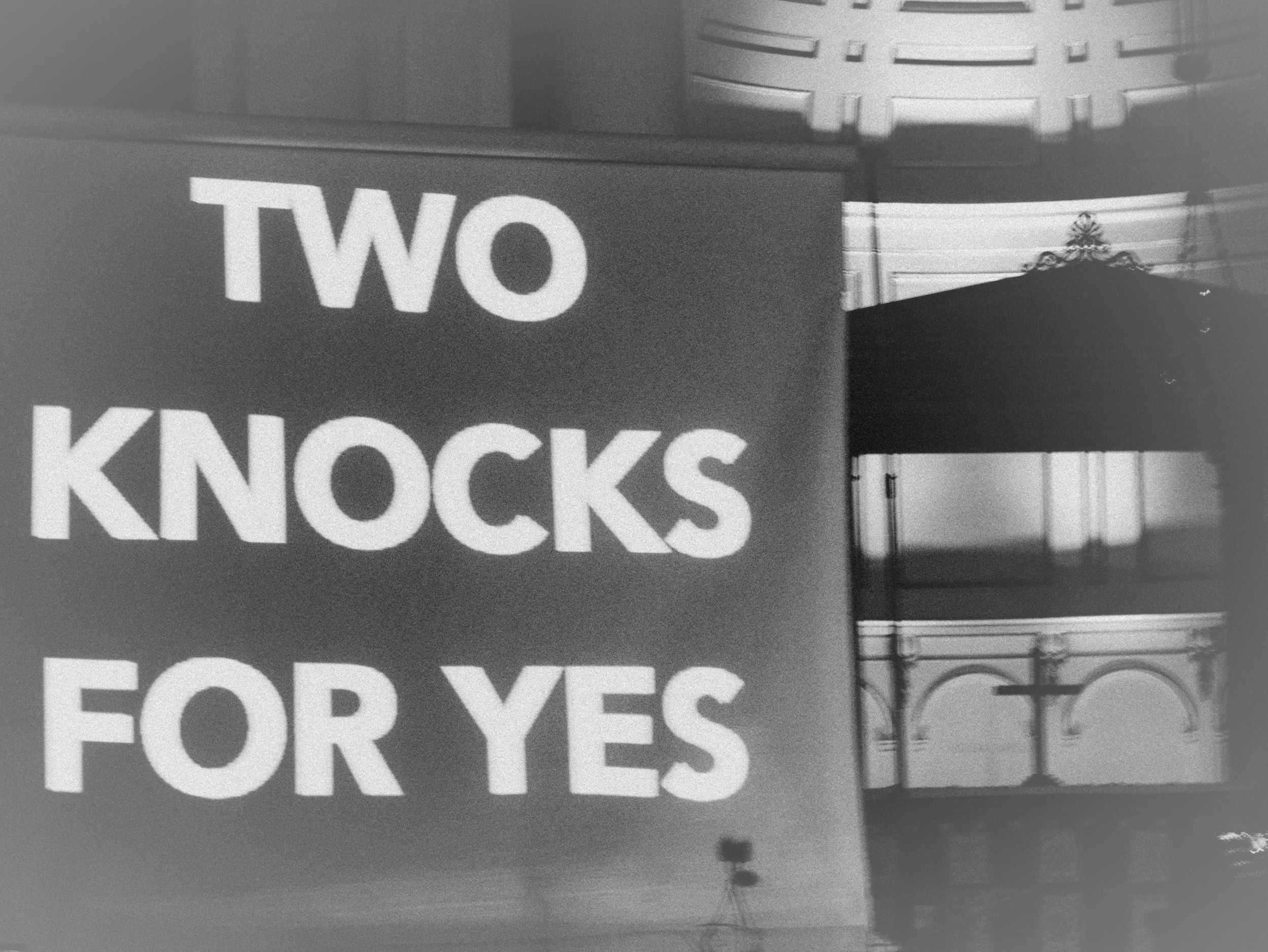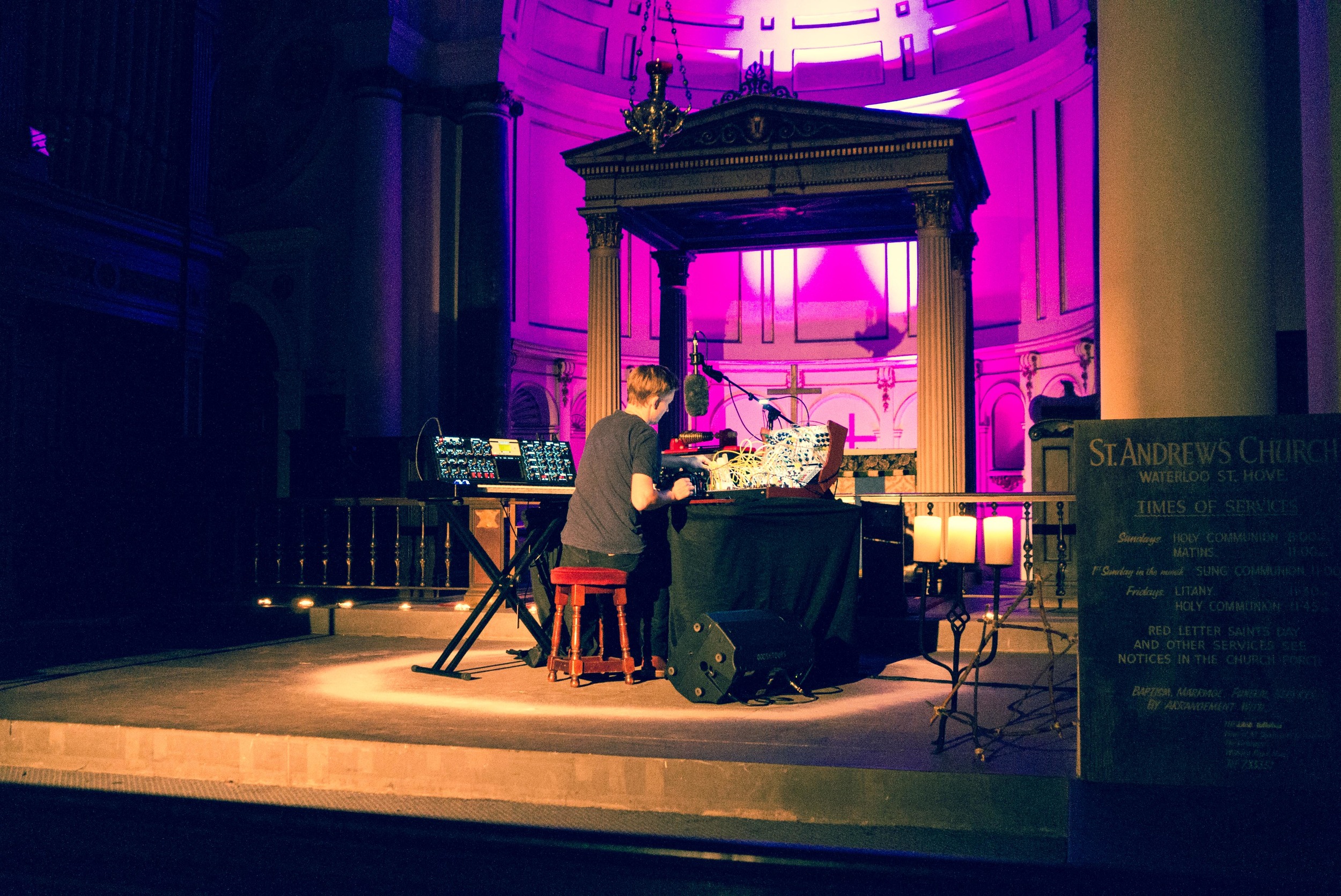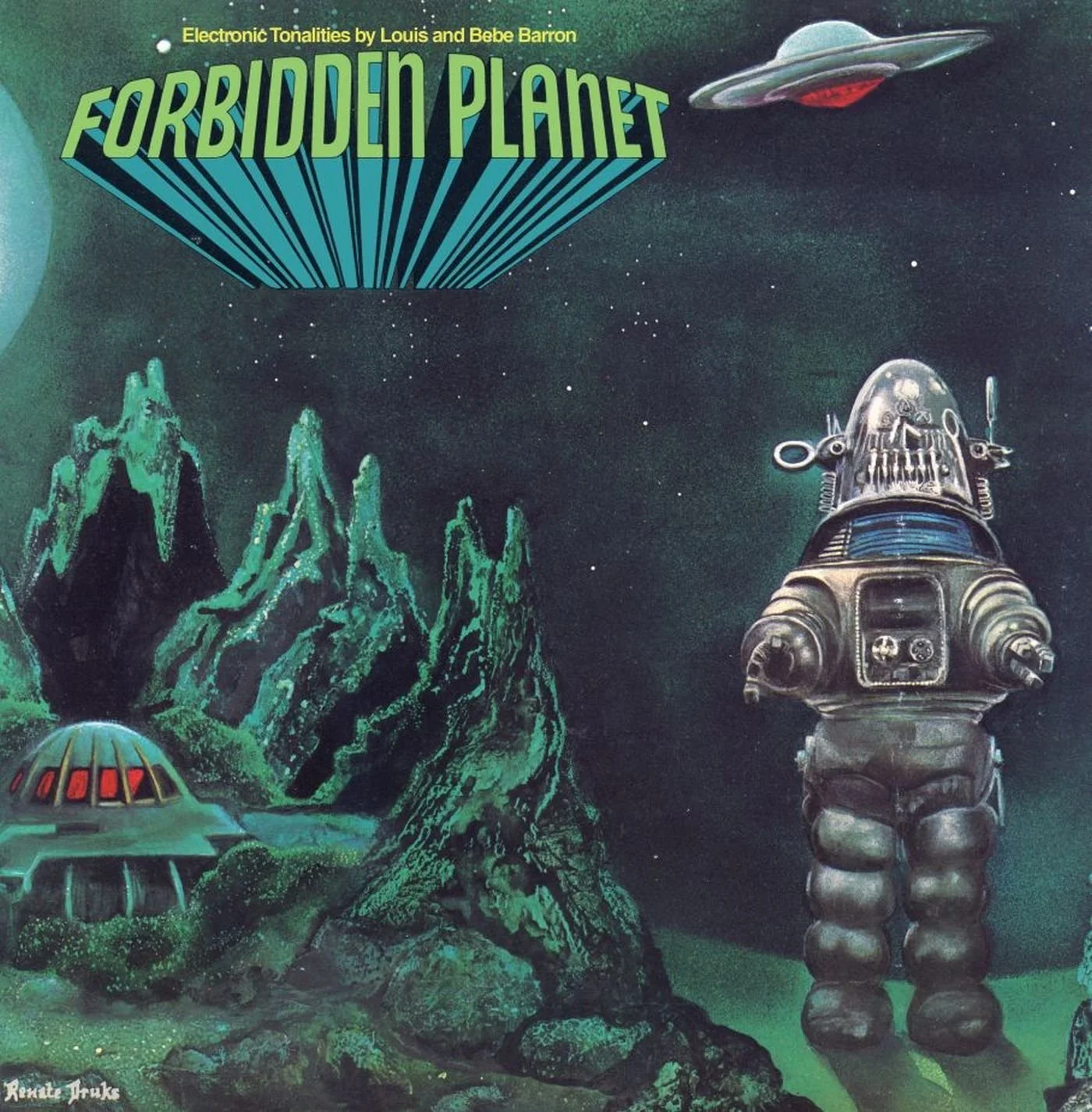The electronics markets in Shenzhen are famous. It's easy to assume they are full of fake iPhones and other brands, but there is much more to Shenzhen than that. Shenzhen is the place to go if you are designing new technology, because you can get prototypes built in a fraction of the time it takes anywhere else. You can also buy pretty much any electronic component you can think of.
I spent two hours exploring 7 floors of electronics, using my LOM Elektrosluch electromagnetic microphone to record the hidden sounds that the circuits, LEDs, components and gadgets emit. The LEDs in particular were a rich vein of sounds; the colours, patterns and movements creating a beautiful minimal techno album 12 hours a day, hidden from human ears. Recordings coming soon.


